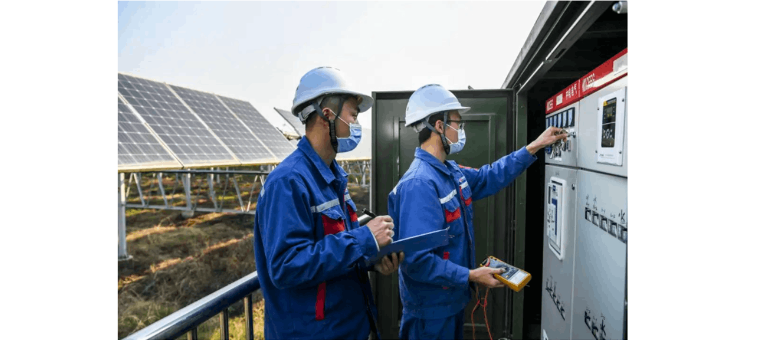What is the operation mode of the step-up transformer in photovoltaic power generation?
Echo
06/24/2025
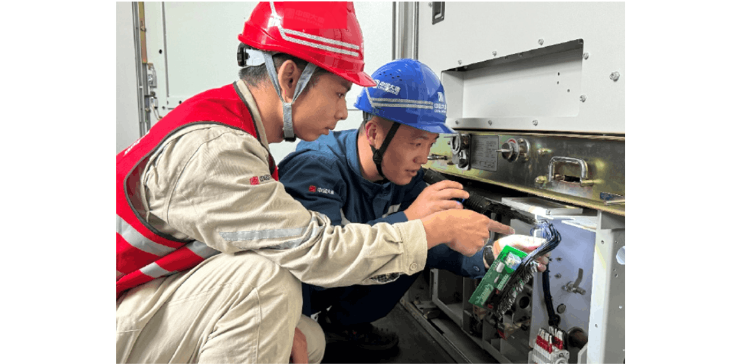
As an expert in the application and trends of electrical equipment, I have a profound mastery of knowledge in circuits, power electronics, etc. I possess a comprehensive set of abilities including equipment design, fault diagnosis, and project management. I can precisely grasp the industry's pulse and lead the development of the electrical field.
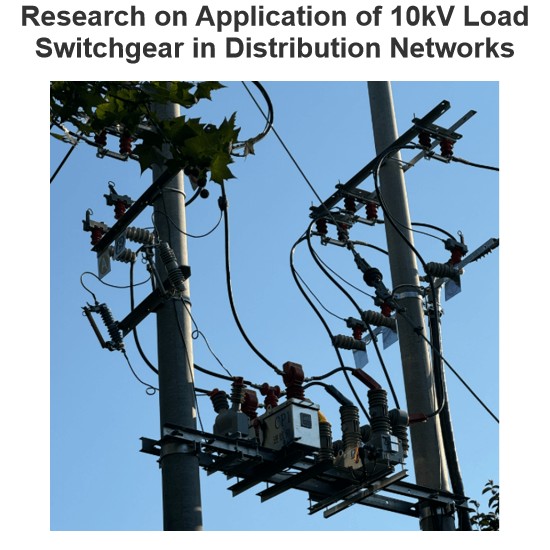
Research on Application of 10kV Load Switchgear in Distribution Networks
As a frontline worker in power distribution operation and maintenance, I deal with load switches daily—they’re the “gatekeepers” of medium - voltage distribution systems, ensuring stable power supply for users. With rapid economic development, the demand for power system safety and reliability keeps rising. Medium - voltage distribution systems are crucial for grid stability, and load switches (as key line - mounted equipment) play a pivotal role. Their main functions inc
Echo
06/28/2025
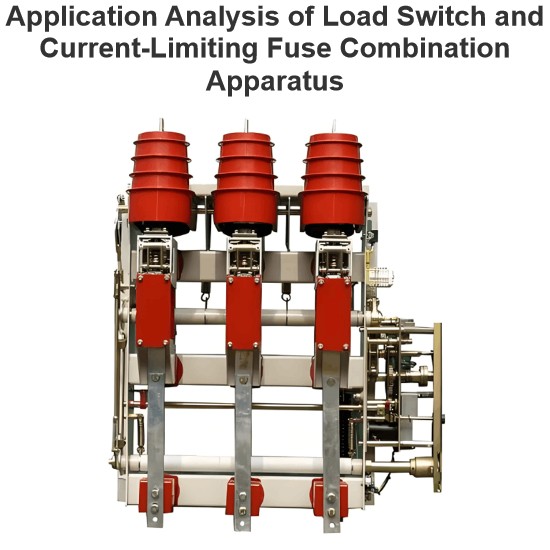
Application Analysis of Load Switch and Current-Limiting Fuse Combination Apparatus
As a front - line technician in loop - network power supply and prefabricated substation operation and maintenance, I deeply understand equipment iteration driven by high - voltage urban expansion. Per theNational Power Supply and Consumption Regulations, for equipment over 250kW or 160kVA transmission capacity, 10(6)kV high - voltage power supply and 220/380V step - down form a necessary pattern, making loop - network units and prefabricated substations key in distribution networks.I. Equipment
Echo
06/27/2025
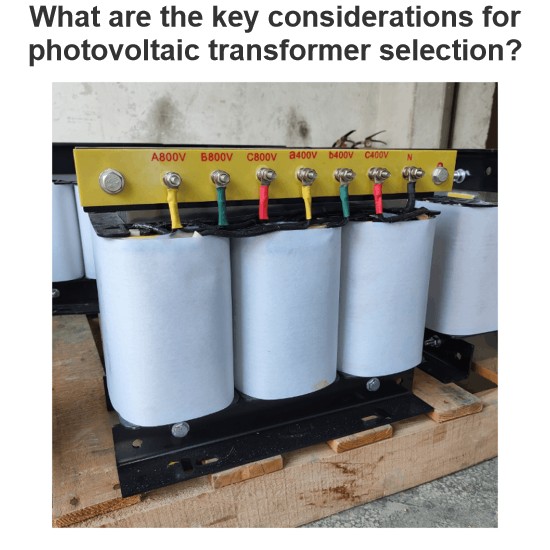
What are the key considerations for photovoltaic transformer selection?
Sizing Principles and Technical Parameters of Photovoltaic TransformersSizing photovoltaic transformers requires a comprehensive consideration of multiple factors, includingcapacity matching, voltage ratio selection, short - circuit impedance setting, insulation class determination, and thermal design optimization. The key sizing principles are as follows:(I) Capacity Matching: Fundamental for Load BearingCapacity matching is thecore prerequisitein sizing photovoltaic transformers. It requires a
Echo
06/27/2025
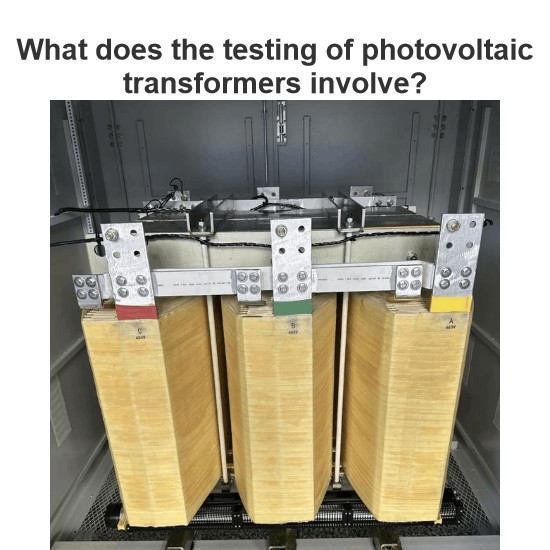
What does the testing of photovoltaic transformers involve?
1. Specificities and Testing Requirements of Photovoltaic TransformersAs a new energy systems technician, I recognize photovoltaic transformers' unique design and application traits: Inverter - output AC carries abundant 5th/7th - order odd harmonics, with PCC harmonic current distortion reaching 1.8% (higher voltage distortion under low load), causing winding overheating and accelerated insulation aging. Photovoltaic systems use TN - S grounding, requiring reliable N - phase output from the sec
Oliver Watts
06/27/2025

